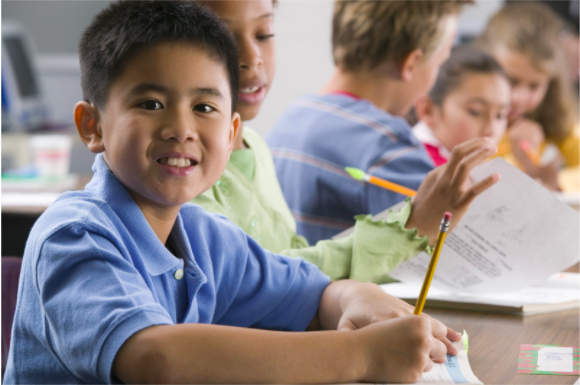
Singapore has approved six curriculums for preschools because it acknowledges that children are different. Some children learn best through play, while others may learn better through interactive activities. Brain training can help identify the curriculum that is likely to be most beneficial to a child.
Brain training activities help to put into perspective a child’s cognitive skills. The activities introduced aims to help parents and teachers find out why some children struggle with learning. Is the problem reading, memory or attention?
Experts in kids brain training can easily detect weaknesses in a child’s cognitive development. They can then recommend the right mechanisms to help the child improve the brain’s functions and, ultimately, his academic performance.
Learning styles targeted by brain training
Imagine giving two children the same problem to solve. While both may give the same final result, the process they used to reach the solution may differ. One child may visualize the solution, while another may verbalize the thought process. Can you fault either child for the learning style they choose even though both got the right answer?
Children have different learning styles. Teachers need to identify the style a child prefers so that they can focus on it should the child fail to respond positively to other styles. However, this does not mean that other learning styles should be overlooked. Instead, right brain training Singapore encourages children to adopt the other learning styles as well.
Learning categories
Learning styles are in four major categories;
- Visual learning involves the use of images.
- Auditory learning through the use of music, rhythm, listening and speaking.
- Reading and writing
- Kinesthetic learning style, which focuses on the sense of touch and body movements. Writing and drawing also fall under this style of learning.
When children are exposed to the right brain training Singapore, their memory, logic & reasoning, auditory processing, visual processing, processing speed, and word use are tested. Once the trainer discovers gaps that make learning difficult for the child, he will introduce mental exercises that target the child’s weaknesses.
For example, if the child’s memory makes visual learning difficult, the trainer may introduce card matching games. These games help to boost visual learning, and it tests a child’s visual attention.
Why do children respond differently to the various learning styles?
While categorizing learning styles has been hailed for its effectiveness in identifying cognitive strengths and weaknesses, it has received some criticisms.
Critics have argued that since children are born with a clean slate, they can respond to all learning styles. Instead of blaming cognitive weaknesses, these critics believe that a child’s environment and social interactions influence a child’s preference for one learning style.
Does a child who performs best from visual learning do so because her cognitive strength lies in this learning over auditory learning? Is a child intentionally excelling in kinesthetic learning because it is her preference?
These are some of the questions that brain training seeks to answer. Children who prefer a specific learning style can easily be trained to perform just as well in other learning styles. However, for children who genuinely struggle with the other learning styles, the trainer will use kids brain training to identify the weakness so that a solution is sought.
Brain training targets children with learning difficulties. It also helps children adapt to different learning styles. A child who has undergone kids brain training will have an easier time adjusting to the different learning styles, especially as he advances in his education.